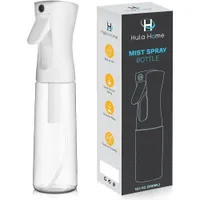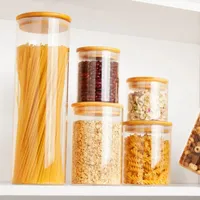How to get rid of booklice – these are the removal and prevention steps pros swear by
Learn from the experts on how to target an infestation and properly get rid of booklice from your home

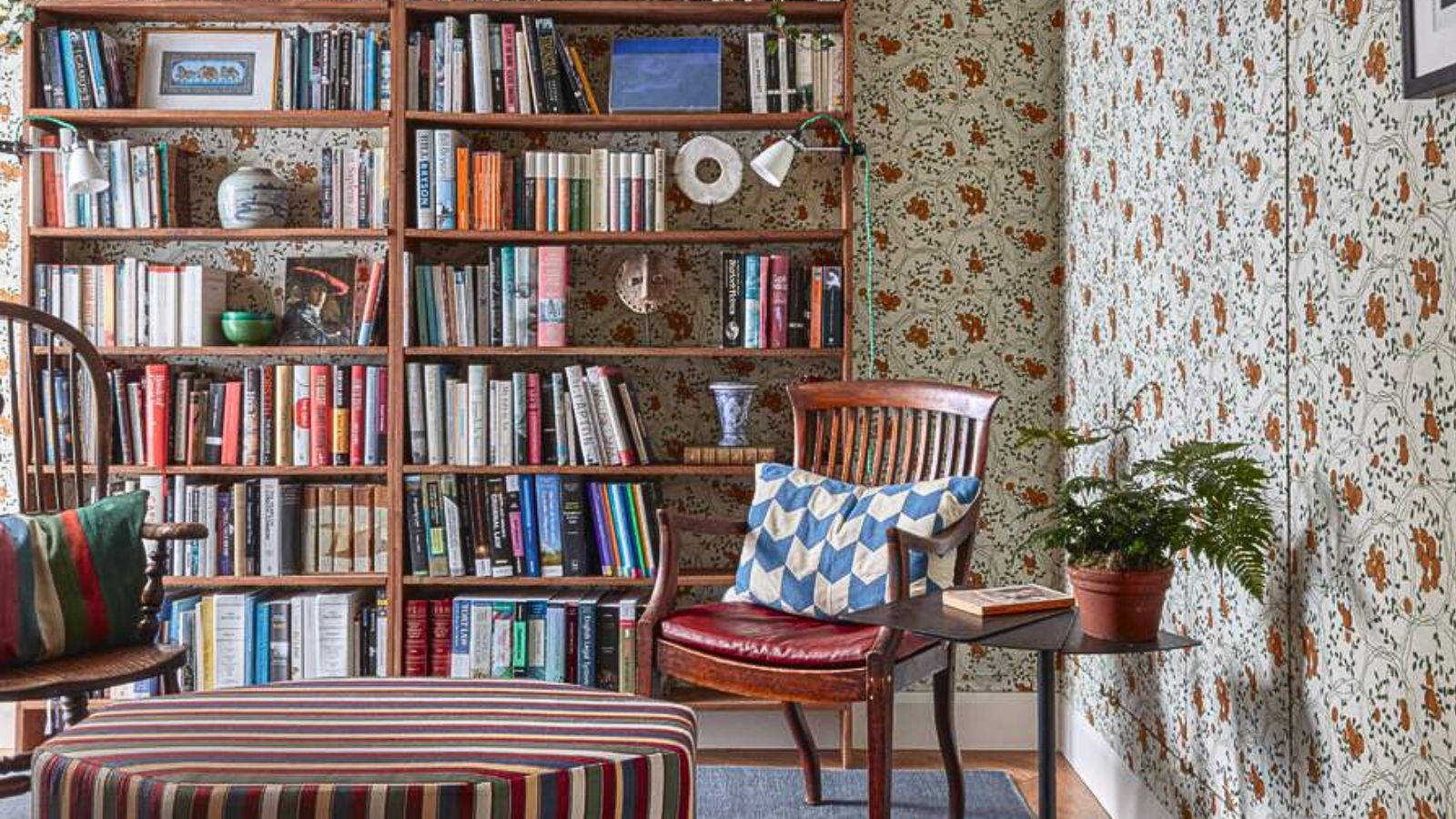
Booklice, also known as psocids, are small, soft-bodied insects that thrive in warm, damp, humid conditions, feeding on bacteria, yeast, mold, algae, and other organic matter. Although they don't bite or transmit diseases, they can be a significant nuisance, especially for book lovers.
Booklice consume mold that grows on paper and a variety of dry food. They can often be found on bookshelves, furniture, pantries, and upholstery with mold or mildew growth, as well as in high-humidity areas such as basements, attics, bathrooms, kitchens, and storage areas.
To get rid of booklice permanently, it's crucial to not only eliminate the insects, but also address the conditions that attracted them in the first place. Reducing humidity levels, improving ventilation, and keeping areas clean and dry are key to controlling and preventing booklice infestations.
Our experts have shared their recommendations for effectively eliminating booklice without damaging your possessions and tips for preventing future infestations.
How to get rid of booklice
Since these pests can be hard to spot, to identify that you are in fact dealing with a booklice infestation, you can place sticky cockroach traps, from Amazon, where you suspect their presence – a trick that can also be used when getting rid of silverfish. This will help you confirm whether booklice are the problem and guide you in choosing the best removal methods.
1. Clean infected areas
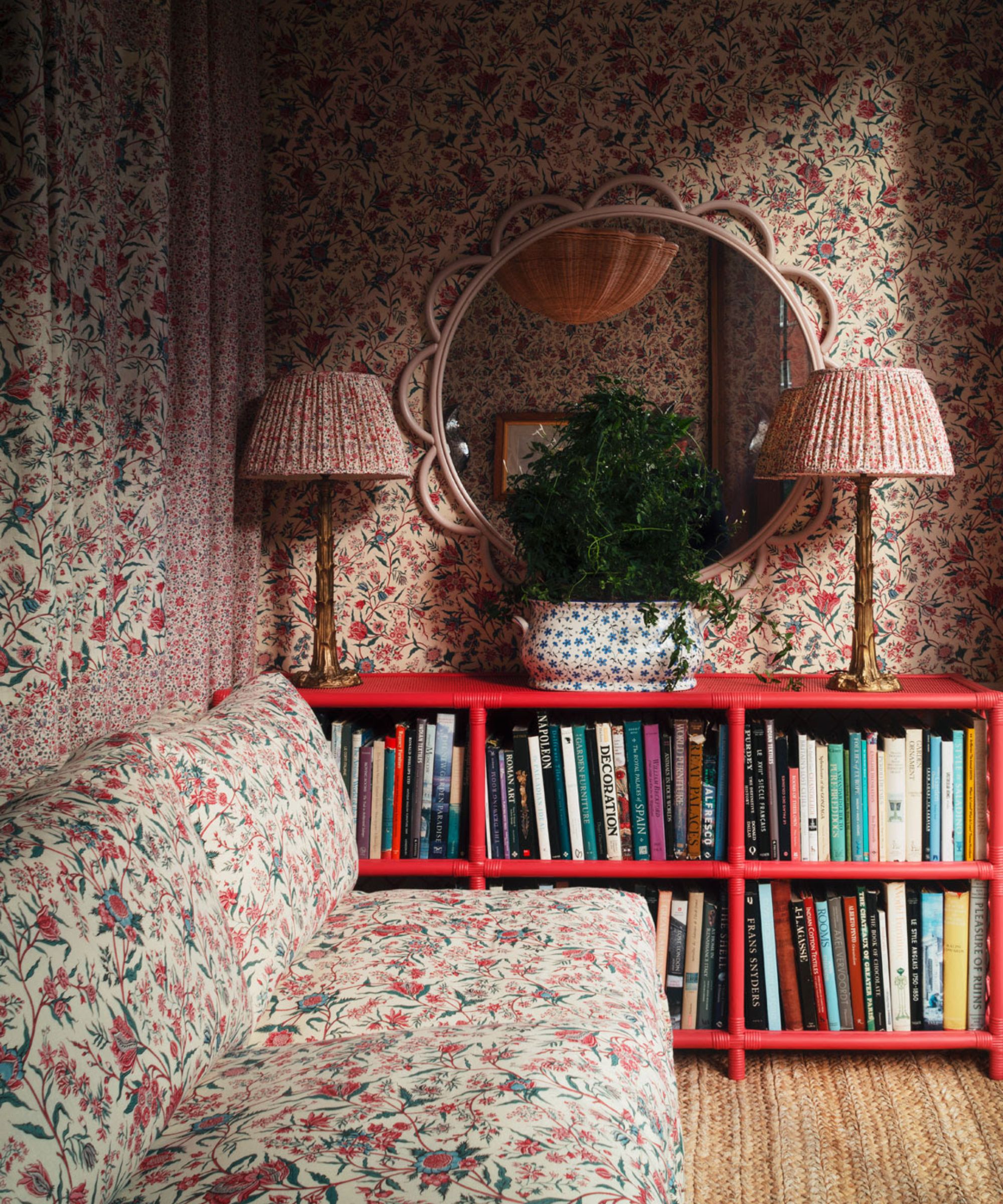
The first step to control any infestation is cleaning the entire area. This means removing any infested items, such as books and food, and either disposing of them or, if it's something you don't want to throw out, sealing them in airtight containers to treat later. 'It's worthwhile moving all affected books to quarantine them in a low-humidity area while you clean and vacuum the bookshelf and surrounding areas,' recommends Brett Bennett, director of operations at PURCOR Pest Solutions.
Use a vacuum with a HEPA filter to remove booklice and their food sources. Vacuum any hard-to-reach areas where they may be hiding. Doing this should kill any booklice present. Leave the vacuum cleaner's contents in a waste bin outside to prevent re-infestation.
Design expertise in your inbox – from inspiring decorating ideas and beautiful celebrity homes to practical gardening advice and shopping round-ups.
Use a diluted bleach solution or soap mixed with water to wipe any areas where infestations were present to kill any remaining lice or eggs on surfaces.
2. Freeze infested books
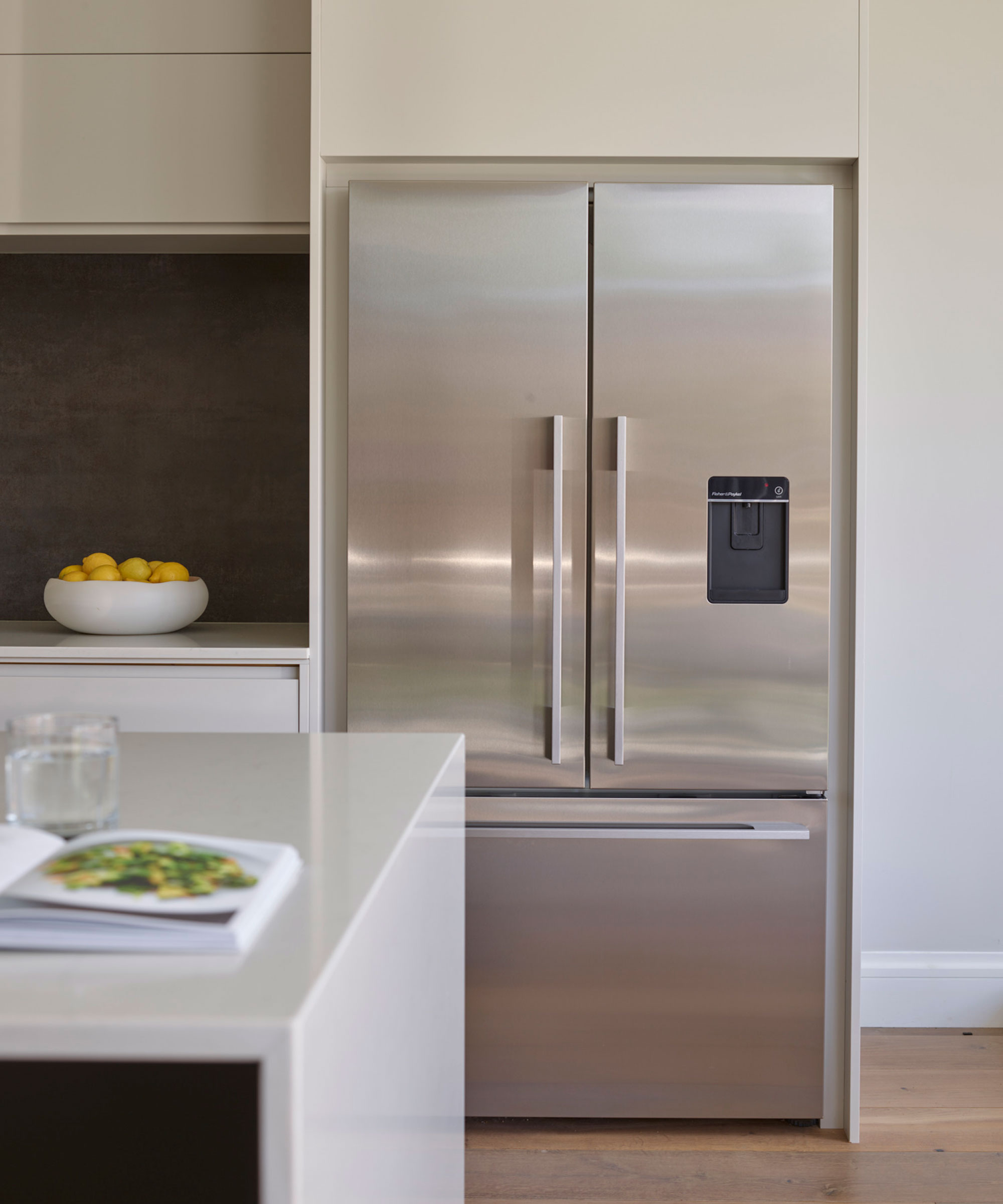
'Certain containers and products can be treated by freezing them for 24 hours inside plastic bags,' explains Georgios Liakopoulos from Fantastic Pest Control. 'It will kill all the insects and eggs inside.
'It's possible to freeze books. Pack them in plastic bags if you suspect eggs or booklice are inside.' This will kill the booklice without damaging the book. Allow the book to return to room temperature before removing it from the bag to avoid condensation.
'Also, you can kill booklice with temperatures above 50°C for at least an hour,' adds Georgios. 'You can use a hairdryer to kill them.'
3. Target infestations with natural insecticides
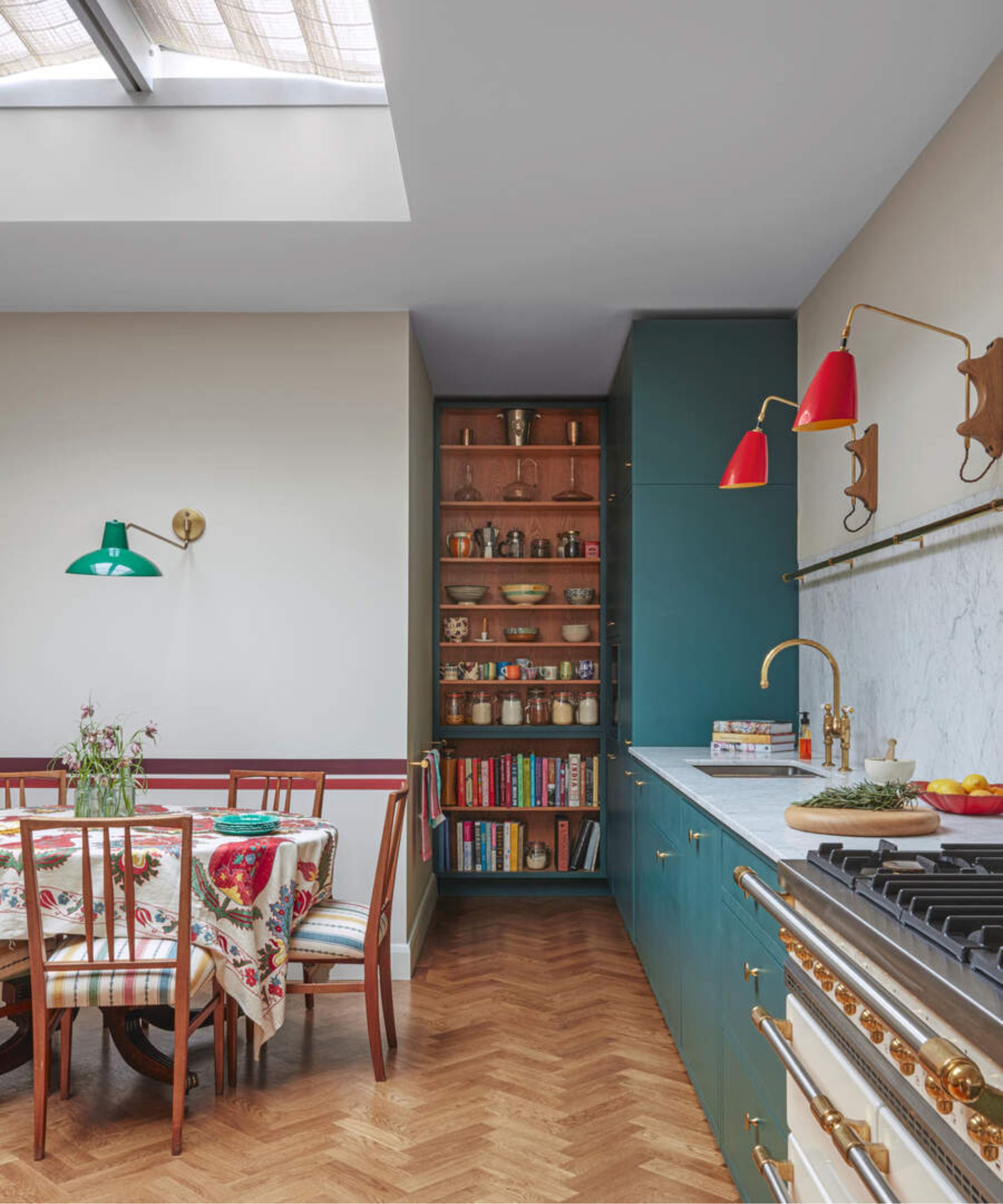
Homemade bug sprays are a great natural way to kill booklice. You can dilute peppermint, neem tree, or tea tree oil with water and spray it on infested areas or use premixed sprays, such as this Mighty Mint neem oil and peppermint spray, from Amazon.
You can also sprinkle diatomaceous earth, a natural insecticide, in cracks and crevices, to kill booklice by dehydrating them.
If the infestation is severe, you might need to use chemical insecticides, however, always prioritize non-toxic methods first to avoid damaging your books or posing health risks.
Hula Home Continuous Spray Bottle | Was $14.99, now $7.99 at Amazon
4. Preventive Measures
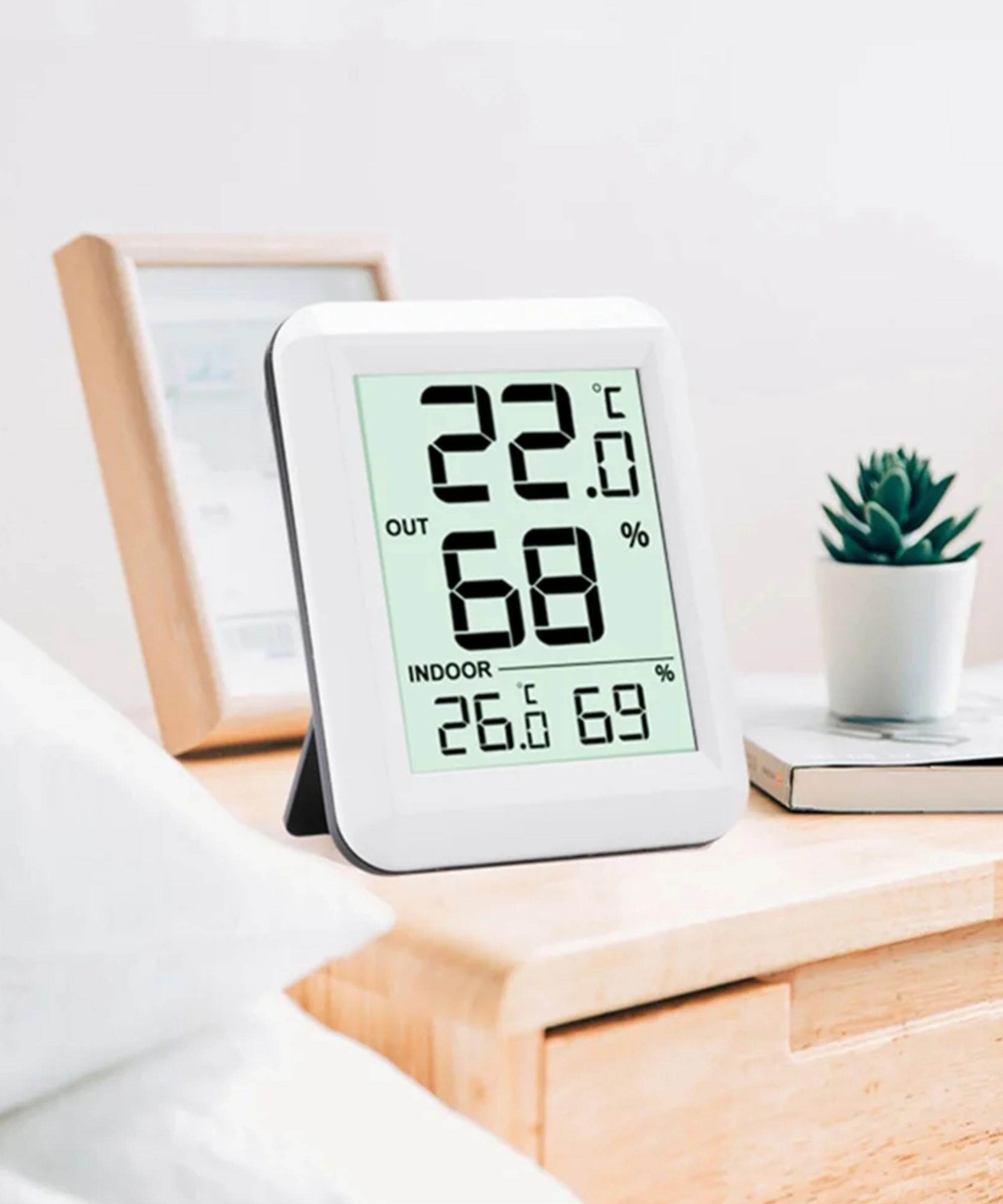
Decrease indoor humidity
You can prevent booklice in your home by controlling humidity. Since booklice need moisture to live, reducing your home's humidity will get rid of them.
Maintain the best humidity levels (between 30-50%) by using dehumidifiers in areas with high humidity or dampness prone to infestations, and ensure proper air circulation by opening windows or using a fan. Good ventilation can help reduce humidity levels and prevent the growth of mold and fungi, which are food sources for booklice.
Store books properly
Consider moving book storage to areas that naturally remain cool, dry, and have lower humidity to reduce electricity bills and the effort required to prevent booklice. Avoid basements and attics where humidity levels can be higher.
Place silica gel packs, such as these Dry & Dry packs from Amazon, on your bookshelves to absorb moisture. These desiccants can be effective in maintaining a low-humidity environment around your books, making it an unattractive environment for booklice. If you are in the process of dealing with a booklice infestation, store books in airtight containers until your home is entirely lice-free.
Remove any mold
'Mold is something booklice love to eat, and possibly the thing attracting them to your home, so if you have identified common types of household mold, getting rid of this is essential,' says Georgios.
'Depending on where the mold is and how severe the infestation is, good removal methods include using bleach, borax, and vinegar to kill mold. The use of commercial mold and fungi products, such as mold-killing primer, from Walmart, will also keep the area clean and prevent mold-feeding pests.'
Items such as wallpaper, outdated books, and piles of paper with mold should be thrown out to prevent further contamination since mold is aggressive and can spread quickly to other surfaces via mold spores.
Keep your home clean
Regularly dust and clean areas with any materials that attract booklice, such as books, shelves, countertops, and crevices, vacuum floors, remove rubbish, and keep dry food stored in airtight containers.
This aids in the prevention and removal of booklice, as well as other pests.
VTOPMART Glass Canister Set | $26.99 from Walmart
Seal cracks and crevices
If you've noticed booklice, or any other pests making their way into your home, chances are they have an entry point you need to seal.
Inspect all rooms, corners, windows, and doors for cracks and crevices. Apply caulk, weatherstripping, and expandable foam in openings to help keep booklice at bay.
Repair leaks
The presence of booklice can indicate a moisture problem that might lead to more severe issues, such as mold damage. Regularly inspecting your home's plumbing is essential to prevent these problems.
Ensure gutters and downspouts are unclogged and directed away from your home's foundation. Inspect pipes, faucets, windows, and potential sources of leaks or condensation. Repair these issues promptly to prevent moisture and humidity from attracting booklice.
Periodically inspect your books and bookshelves for signs of booklice or mold. Early detection can prevent a small problem from becoming a major infestation. Protecting your books and other areas of your home from booklice requires vigilance and a proactive approach to managing your environment. By staying attentive and addressing potential problems early, you can keep your home and belongings free from these pests.

Lola Houlton is a news writer for Homes & Gardens. She has been writing content for Future PLC for the past six years, in particular Homes & Gardens, Real Homes and GardeningEtc. She writes on a broad range of subjects, including practical household advice, recipe articles, and product reviews, working closely with experts in their fields to cover everything from heating to home organization through to house plants. Lola is a graduate, who completed her degree in Psychology at the University of Sussex. She has also spent some time working at the BBC.
